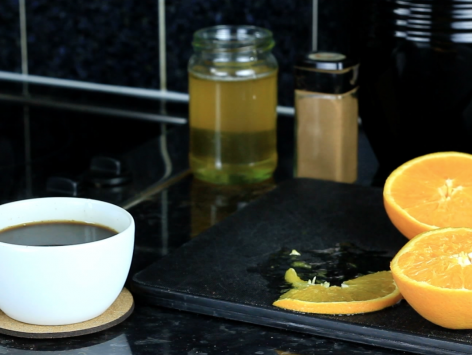Introduction
This course will give a quick fire overview of how to make and recipe several types of coffee. We will explore many brewing methods including different filter types, such as Cafetiere or French Press, Stove top, Aeropress, Pour Over, and Nel Drip. We will also explore most Espresso variations such as Long Black or Americano, Cortado or Piccolo, Espresso, Flat White, Latte, Cappuccino and a bonus summer Espresso & Mocha.
What you will need for the whole course: One or all of the above listed brewing vessels, an espresso machine, Whole coffee beans, A burr grinder (hand or electric) if you don’t have a grinder pre ground coffee will do, if you buy beans from your local independent coffee shop ask the Barista to pre grind your beans for your chosen brew method.
A kettle (preferably swan neck as this ideal for prescription pouring & cooling the water to optimum temperatures), scales(preferably digital), thermometer (preferably digital), cups ( different sizes for espresso variations) barista pouring pitcher, milk, cleaning cloth, powdered or whole chocolate for the cappuccino.
A few things to know:
To achieve a full flavoured delicious coffee consistently, it’s important use different measuring tools and ratios, the general water to coffee ratio for non Espresso techniques (i.e filter coffees) is 60g of coffee to 1 litre of water, generally broken down to 15g of coffee per 250ml of water for each cup. By fortunate coincidence Miller Meters equates the same in Grams, so 1 ml equals 1 g. It’s also important to use good quality coffee beans and water, as with most things quality delivers good results. Water at 100c will burn the coffee and leave a bitter taste, water temperature of 80 – 90C is generally a good area to be in.
To get precise use a thermometer, if you don’t own a thermometer try leaving boiled water to stand and cool for about a minute. It’s also worth preheating your cups with boiling water (Hot cups are better than cold cups) and preheat brewing vessel when making filter coffees. Discard the hot water from the cups just before serving.
Each recipe is for one cup of coffee, if making a beverage for more than one person double or triple the recipe etc so on. With regards to weighing coffee for each recipe, it’s important to experiment and find a gramme-age that works best. Onto the subject of roast types, light roasts have a lot of flavour, especially in filter coffees, and in many cases are roasted specifically for filter coffees. Generally espresso roasts are darker and roasted for longer, the roasting spectrum flows from light to dark, each roast type has different flavour profiles.
When making espresso it’s important to purge the machine group head to run off any old coffee, also purge the steam wand to run off any leftover milk, the wand should be wiped & cleaned immediately after use.
